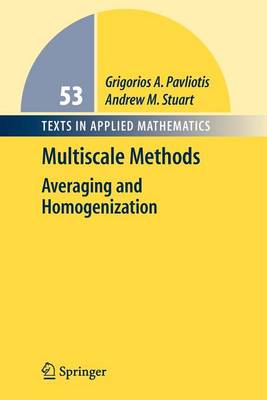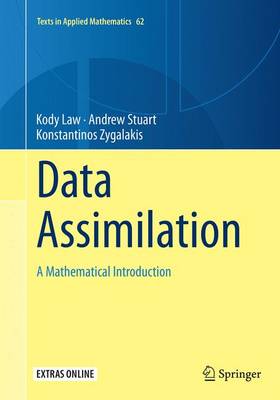Texts in Applied Mathematics
2 primary works
Book 53
This introduction to multiscale methods gives you a broad overview of the methods' many uses and applications. The book begins by setting the theoretical foundations of the methods and then moves on to develop models and prove theorems. Extensive use of examples shows how to apply multiscale methods to solving a variety of problems. Exercises then enable you to build your own skills and put them into practice. Extensions and generalizations of the results presented in the book, as well as references to the literature, are provided in the Discussion and Bibliography section at the end of each chapter.With the exception of Chapter One, all chapters are supplemented with exercises.
Book 62
Data Assimilation
by Kody Law, Andrew Stuart, and Konstantinos Zygalakis
This book provides a systematic treatment of the mathematical underpinnings of work in data assimilation, covering both theoretical and computational approaches. Specifically the authors develop a unified mathematical framework in which a Bayesian formulation of the problem provides the bedrock for the derivation, development and analysis of algorithms; the many examples used in the text, together with the algorithms which are introduced and discussed, are all illustrated by the MATLAB software detailed in the book and made freely available online.
The book is organized into nine chapters: the first contains a brief introduction to the mathematical tools around which the material is organized; the next four are concerned with discrete time dynamical systems and discrete time data; the last four are concerned with continuous time dynamical systems and continuous time data and are organized analogously to the corresponding discrete time chapters.
This book is aimed at mathematical researchers interested in a systematic development of this interdisciplinary field, and at researchers from the geosciences, and a variety of other scientific fields, who use tools from data assimilation to combine data with time-dependent models. The numerous examples and illustrations make understanding of the theoretical underpinnings of data assimilation accessible. Furthermore, the examples, exercises and MATLAB software, make the book suitable for students in applied mathematics, either through a lecture course, or through self-study.

